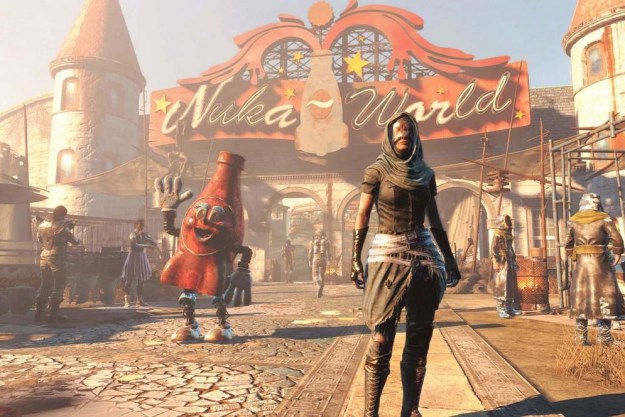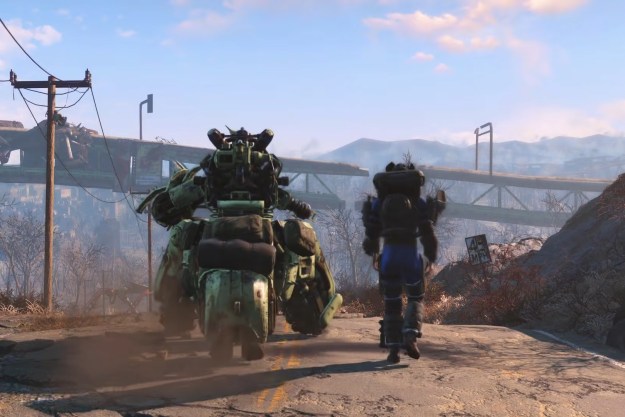
Green, blue, and yellow still rule the day. I saw a lot of new things over the weekend during my hour with the SimCity beta. Modules that allow you to tweak the properties – and visual layout – of various structures. A dizzying array of parks for leisure, sports, formal occasions, and more. A newly centralized management tool in your Town Hall that presents the problems of the day as quest-like objectives. And of course, curvy roads. The thing that sticks out most, however, is that now, more than 20 years later, the fundamentals of the game can still be broken down by SimCity‘s primary colors: green residential zones, blue commercial zones, and yellow industrial zones.
If Maxis Games’ refreshed take on SimCity turns out to be the same level of monster hit among PC gamers that the 1989 originator was, expect much of the credit for that to go to the importance the game places on sticking to the fundamentals. It’s impossible to accurately judge the full picture based on a brief tutorial and an hour’s worth of (mostly) unrestrained play, but the fact that the most familiar facets of SimCity continue to work as they should, enabled me to get more out of that hour than I would have expected.
The beta begins with a tutorial, one that will presumably make its way into the final game as well. The extremely directed rundown of SimCity‘s core mechanisms is presented well, guiding players through the process of rehabilitating some punk former mayor’s failed efforts. Everything from the absolute basics of zoning and urban planning to new features wrapped up in the game’s online elements are covered. Some players will probably feel a bit overwhelmed once the tutorial turns to stat and numbers-heavy info pages, but the tutorial effectively distills the SimCity basics, old and new, into an easily digestible format.

SimCity has always boiled down to an elaborate balancing act, requiring players to keep a city’s population happy while managing a budget and figuring out how best to grow. This doesn’t change in the 2013 refresh, but the methods the game uses to communicate with players are much more welcoming now. It’s all about the visual indicators. You’ll have no problem figuring out your school bus coverage, thanks to fading green-colored “zones” that denote the range covered by each stop. General happiness/unhappiness levels are monitored with a full emotional range of smileys, each one connected to a different structure in your city.
All of this is built on top of those familiar fundamentals. You’ll probably start out your city by connecting a main road to the larger world’s highway system, but the process from there is largely one of mapping out a street layout and lining those streets with each of the three zones. The biggest change in this regard is that zones – and all structures, for the most part – must lineup alongside some street or another. The days of blocking out a huge chunk of land for a certain type of zone are over. Streets must now directly service any locations that people can visit.
There’s a reason for this. The new SimCity is effectively The Sims playing out on a grand scale. While you can’t go down to the micro level of designing individual homes and maintaining individual lives, each resident of your city is governed by a rudimentary AI. Click on a car or a pedestrian and you’ll get a sense of who that person is and what his or her desires are, at least as far as what a mayor like you can fulfill. Your streets and sidewalks are populated by individuals rather than mere background visual effects.

The SimCity that you know is still very much alive and well in Maxis’ 2013 refresh. The interface is considerably cleaner and more user-friendly now, but the fundamentals that were established back in the 80’s are largely unchanged. You’re still working to nail the perfect balance of green, blue, and yellow zones for residential, commercial, and industrial development, but the game’s methods of communication and overall flexibility are enhanced significantly. All in all, it’s a promising start for this new face of SimCity.
Editors' Recommendations
- The Sims 5: release date speculation, trailers, gameplay, and more
- The Sims 4 is going free-to-play and you can get extras if you bought it already


